Bald cypress is a beautiful, durable, and strong wood. It is also known as ‘wood eternal’ due to its high resistance to decay. Softwoods such as redwood and cedar have similar decay-resistance properties as cypress. However, cypress wood has the edge over the two types of wood since it is harder and stronger.
For decades, cypress has been used in boat building, decking, and roofing. Today, cypress furniture, roofing shingles, and fences are a common sight.
So, what makes this wood unique? This article will highlight all the desirable properties of cypress wood.
What Is Bald Cypress?
Bald cypress is a deciduous conifer in the family Cupressaceae. Unlike other evergreen conifers, bald cypress sheds its leaves during autumn.
This tree grows up to 120ft tall and up to 5ft wide. They are mainly found in the southeastern United States, the Mississippi Valley basin, and the Gulf Coast.
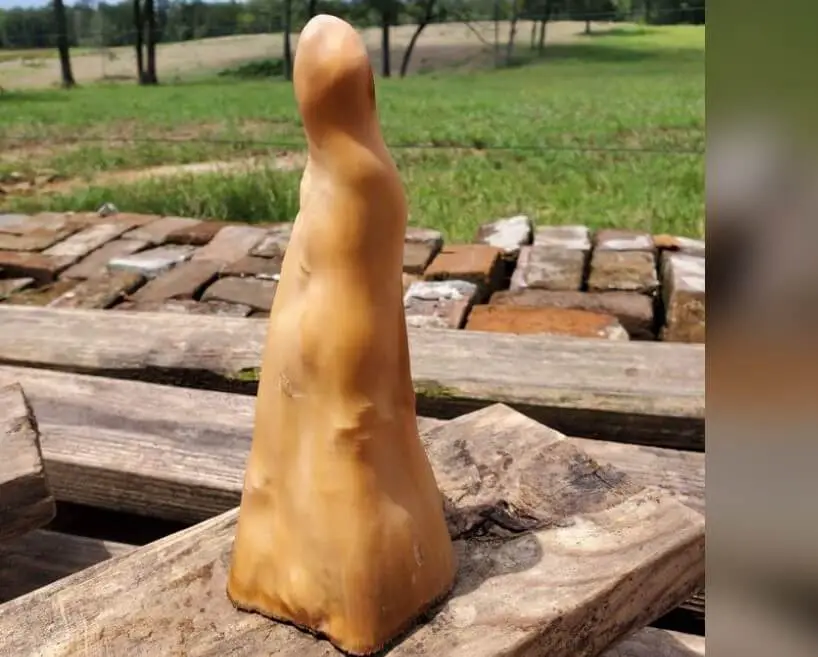
Let’s have a look at its mechanical properties.
Mechanical Properties of Bald Cypress
| Feature | Score |
| Modulus of rupture | 10,600 lbf/in2 (73.1 MPa) |
| Elasticity modulus | 1,440,000 lbf/in2 (9.93 GPa) |
| Maximum crushing strength | 6,360 lbf/in2 (43.9 MPa) |
| Hardness | 620 lbf (2,760 N) |
| Shrinkage percentage | Radial: 3.8%Tangential: 6.2%Volumetric: 10.5%T/R Ratio: 1.6 |
| Wood gravity (at 12% Moisture Content) | 0.51 |
| Average dried weight | 32.0 lbs/ft3 (515 kg/m3) |
Properties of Bald Cypress Wood
Appearance
The bald cypress has light yellow-brown heartwood and nearly white sapwood. Its grain pattern is straight and has a medium to coarse texture. The wood lacks resin canals and has a greasy feel.
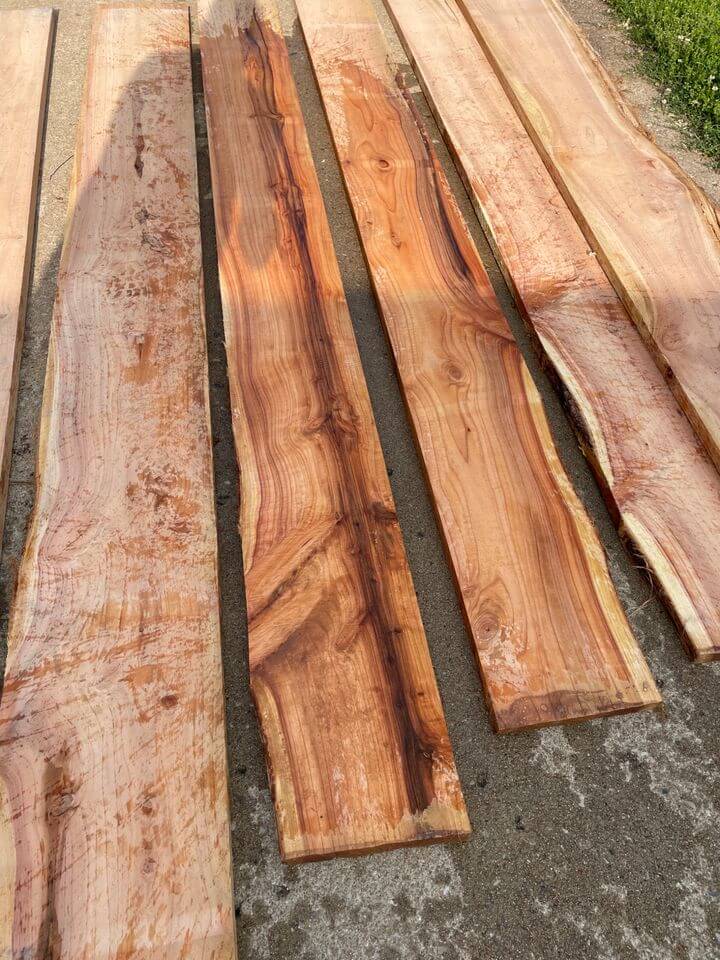
Bald cypress displays an abrupt transition between the heartwood and earlywood. It sometimes has dark pockets or voids on the surface.
Durability
The durability of cypress wood depends on the age of the tree. Wood obtained from old growth cypress is rated very resistant to decay. However, wood obtained from young cypress trees is only moderately resistant to decay.
The heartwood of bald cypress has excellent resistance to insect attacks. The wood has a natural preservative oil called cypressene that protects it from water damage.
Workability
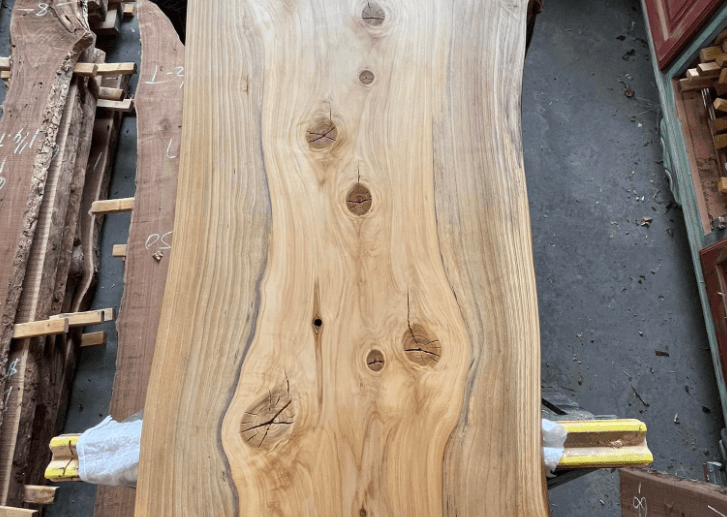
Sawing and planing
Cypress has fairly good workability with hand tools and machines. However, it tends to be a lot more knotty than other softwoods. It is also resinous and tends to have a dulling effect on cutting edges.
Seasoning
Seasoning cypress should be done carefully. The wood must be dried slowly to avoid tearing. Also, when working with cypress wood, it might be best to use sharp tools to prevent tear-outs.
Nailing
The wood requires pre-drilling before it is nailed or screwed. This seemingly insignificant step prevents the wood from cracking.
Turning
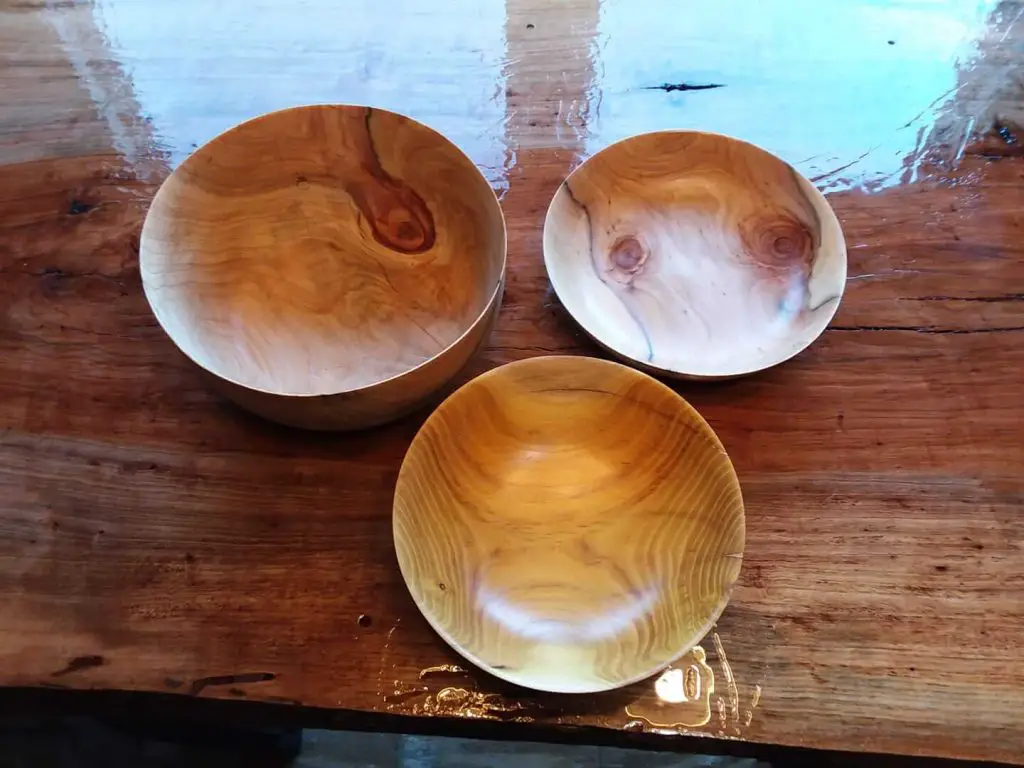
Bald cypress is ideal for turning. The wood also has a fine texture that allows it to finish well. It takes stains and sealants better than other resinous woods.
Sustainability
Although bald cypress is not listed in the CITES Appendices or IUCN, the wood is not very sustainable. Cypress trees don’t grow as fast as softwoods such as pine. It may take over 30 years before a cypress tree is big enough to be used for lumber.
More and more woodworkers are using this wood due to its good qualities. As such, its demand continues to increase as the supply decreases.
Uses of Bald Cypress Wood
- Heavy construction: Cypress is a strong, versatile wood used to construct bridges, warehouses, and decks.
- Boat building: Native Americans used cypress to build dugout canoes and boats in the past. The wood is still being used to make boats today since it has a high resistance to moisture, insect attacks, and fungal decay. It is also dimensionally stable wood and is less prone to shrinking, twisting, and warping.
- Siding and roofing shingles: Cypress is ideal for outdoor projects since it has good resistance to outdoor weather and insect attacks. Also, the wood has an appealing color that weathers into a beautiful silver-grey color when left untreated.
- Carving: Cypress has a fine grain and long fibers, making it ideal for carving.
- Building log home: Cypress trunks are used to build log homes thanks to the wood’s high resistance to insect attacks and decay.
- Paneling: Cypress wood has a beautiful color and grain pattern. It also takes stains and paints well.
- Manufacturing beauty products: The oily resin extracted from cypress is used in manufacturing products such as shampoos.
What Makes Cypress Wood Special?
The following properties make cypress a highly-sought after softwood;
Dimensional stability: Cypress has narrow growth rings that prevent it from warping, shrinking, or twisting.
Durability: Cypress is sometimes referred to as ‘wood eternal ‘since its heartwood has high resistance to decay. When maintained well, items made from cypress can last up to 100 years.
Beauty: Most people are attracted to this wood’s warm, natural color.
Why Is Cypress Wood So Expensive?
Cypress wood sells at higher prices than softwoods such as pine and spruce. Here are some reasons why;
Remarkable properties: Old growth cypress is highly resistant to decay and has few deformities. It also has a rich natural color and withstands outdoor elements well. These properties have led to an increase in its demand. And, consequently, an increase in its prices.
Slow growth: As mentioned earlier, cypress trees take a long time to reach commercial maturity. Those who are growing them sell the wood at higher prices to compensate for the resources used to nurture the trees to maturity.
Destruction of habitat: Bald cypress trees grow in swampy areas. In recent years, the wetlands have been drained to create room for the construction of buildings and roads. As the wetlands dry, the natural cypress groves reduce. This has resulted in a shortage of bald cypress wood in the markets.
How to Finish Cypress Wood
Cypress is an ideal wood for outdoor projects. However, the wood weathers to a silver-grey color when exposed to sunlight. Fortunately, there are ways to retain the natural color of this wood.
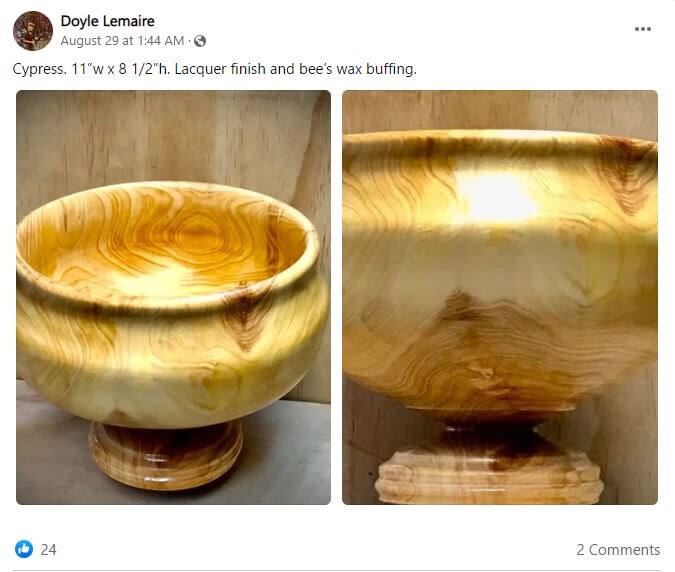
Here are tips to help you keep your wood looking new.
- If you use cypress wood for an interior project, you may want to finish it with lacquer. For better results, apply two coats of lacquer to the wood.
- For exterior pieces, varnish or paint can get the job done. Oil-based stains are the best option for cypress wood.
Read relaletd posts
Summary
The bald cypress is a deciduous conifer in the family Cupressaceae. Wood obtained from this tree has numerous remarkable qualities.
- It has a higher decay than other softwood.
- It’s visually appealing. The warm golden color and the beautiful pattern found on the pecky cypress add to the aesthetics of this wood.
- It has a high resistance to water damage. Its tight growth rings make it highly resistant to moisture.
Although cypress has many good qualities, the wood is not as sustainable as other softwoods such as cedar. Cypress trees have a slow growth rate, and their habitats are reducing significantly.
Cypress is suitable for decking, roofing shingles, and carving. The wood is, however, more expensive than other softwoods.

